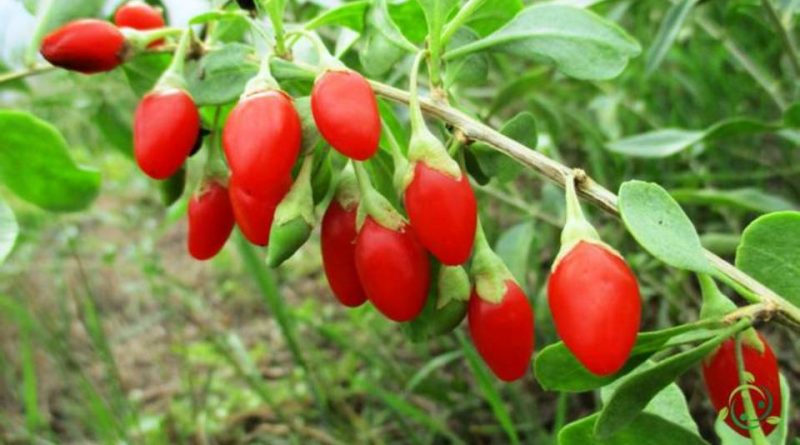How to propagate Goji Berries
How to propagate Goji Berries
Goji Berries are the fruit obtained from GoJi (Lycium barbarum L., 1753) which is a deciduous shrub belonging to the Solanaceae family, native to eastern Asia and naturalized in central and northern Europe.
This plant grows spontaneously in the valleys of the Himalayas, Mongolia, Tibet and in the Chinese provinces of Xinjiang and Ningxia but can also grow in our latitudes, especially if the winter temperatures are not too cold (up to 10-15 ° C). The adult specimens are large in size and reach 3 m in height. The fruits are small sweet red berries, more or less orange.
The other plant from which the berries are obtained is (Lycium chinense Mill.).
Of the two Lycium barbarum is the richest in vitamins, minerals and antioxidants and is famous in Asia for its berries, listed in the Chinese pharmacopoeia.
For the propagation of this plant you can proceed both by seed and by cutting.
There are no major problems in seed propagation, the seeds have a high germination capability and the seedlings are born about ten days after sowing.
In the case of vegetative propagation, however, it is advisable to prepare semi-woody cuttings in the period from late August to early October.
In this technique it is sufficient to cut, with a sharp shears, portions of about 20 cm of one-year-old branches and bury them for the first 10 cm in a 14 cm diameter jar.
In this way the underground part (which must consist of one or two nodes) will develop new roots thanks to the energy provided by the leaves (at least four) which must be present in the upper part.
There are obviously advantages and disadvantages between the two techniques.
In the case of propagation by seed, the plant must carry out a longer growth time to overcome the juvenile phase which lasts from three to five years; therefore, if it has been sown, the plant begins to be productive from the third or fourth year onwards; moreover, the plants generated from seeds will have, among themselves, a genetic variability linked to the fertilization process.
In the case of vegetative reproduction (by cutting) it is possible to obtain berries as early as the second year; moreover, the plants obtained will all be identical, from a genetic point of view, to the mother plant.
For this reason the seed propagation technique is used when you want to increase the intraspecific biodiversity while the propagation by cuttings takes place when you want to have very homogeneous plants.

